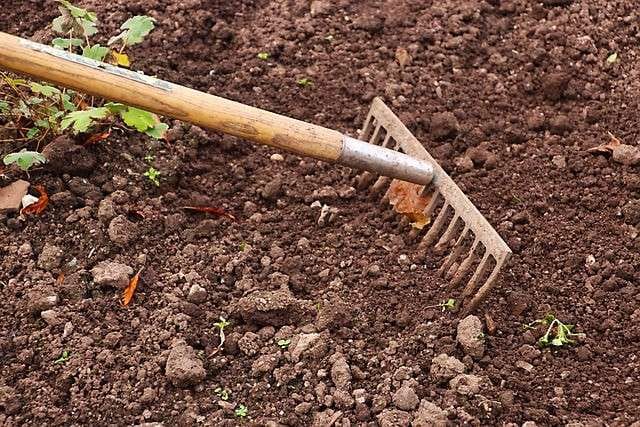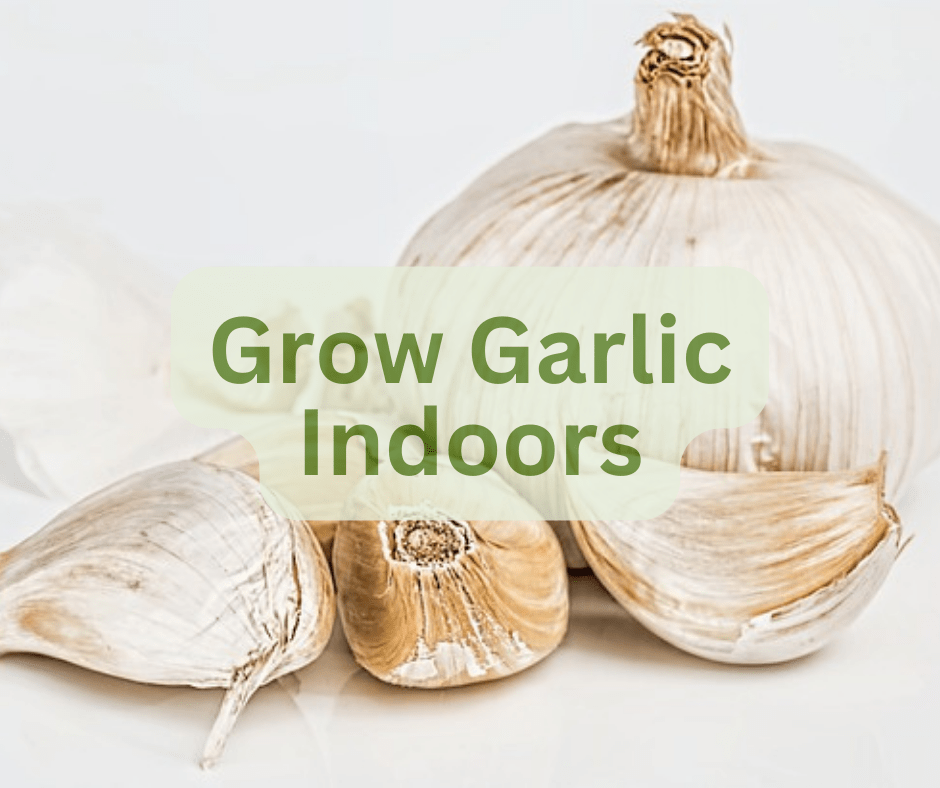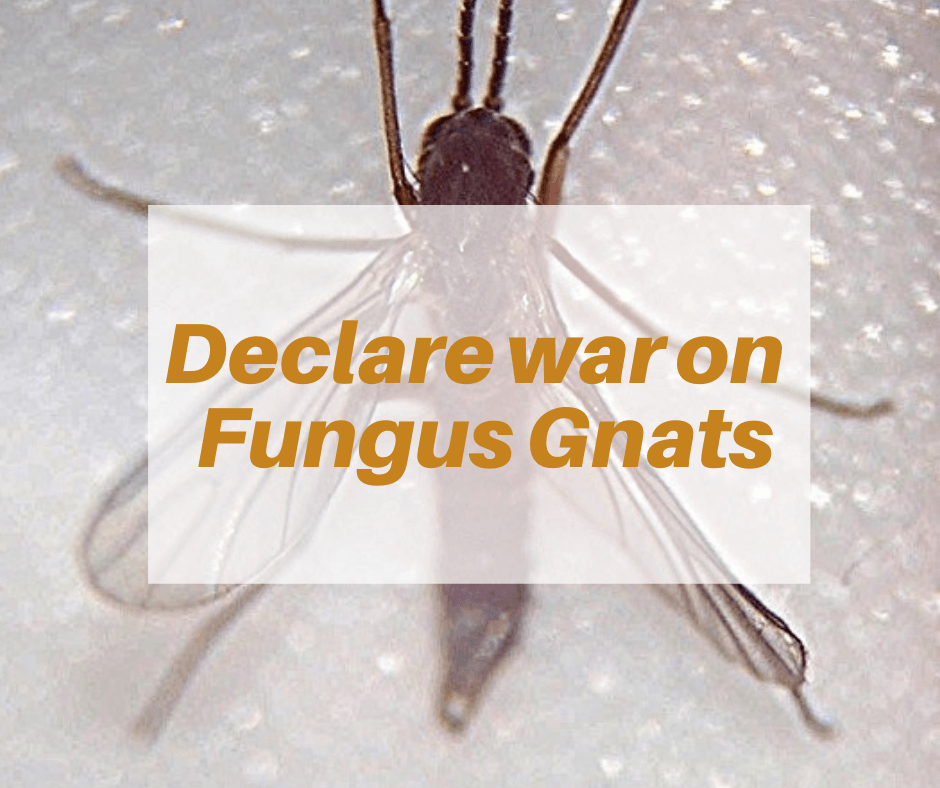This post may contain affiliate links. As an Amazon Associate we earn from qualifying purchases.
I don’t know about you, but I wait all year for two seasons: spring and fall. With its cooler temperatures, ample rainfall, and fewer pest challenges, both seasons present an ideal window for growing a bountiful harvest from your vegetable garden.
Whether you’re a seasoned gardener or a novice with a green thumb, preparing and tending to a fall vegetable garden can be a rewarding and fun experience. If you have kids and they get involved, it’s even better (well, most of the time!).
In this comprehensive guide, we’ll delve into everything fall vegetable gardening-related, from preparing the soil to combating potential pests, and everything in between.
Preparing the fall garden for growing vegetables
Before you start sowing seeds and transplanting seedlings, laying the foundation for a productive fall vegetable garden is crucial. Let’s take a look at the key steps to ensure your garden bed is ready.
Soil Preparation
Clear the garden bed of debris and dead summer crops. Use a garden fork to loosen the soil to a depth of 6-8 inches. Blend in 2 to 3 inches of well-rotted compost or aged manure. This not only gives the soil a kick of nitrogen but helps to improve the structure as well.
Then, rake it smooth to give those seeds or starter plants an easy start.
Fertilization
If you feel the soil may be lacking in something that your vegetable plants will need, conduct a soil test to determine its nutrient content. It’s a pity more gardeners don’t test the soil before applying fertilizer. After the test, apply what the soil is lacking by following the directions on the product’s label.
Crop Selection for the Vegetable Garden
Choose vegetables that thrive in cooler temperatures and have a somewhat short seed-to-harvest period. Consider the USDA Hardiness Zone for your region to guide your crop choices. You can look up your zone right here on Gardenologist.org.
Cool-Weather Champions: Vegetables for Your Fall Garden
While spring and summer gardens often feature tomatoes, cucumbers, and peppers, the fall garden palette boasts a unique lineup of vegetables that relish the crispness of autumn. Here are some top contenders for your fall vegetable garden:
Lettuce
With its quick growth and variety of leaf shapes and colors, lettuce is an excellent choice for fall. Sow seeds directly in the garden bed or start transplants indoors for an early start. The ideal soil temperature to start lettuce is 45°F and 65°F. Use a soil thermometer (available in the Resources section, below) to check your soil.
Unless you have a large family that eats lettuce every day it’s a good idea to stagger plantings.
Spinach
Known for its nutritional value, spinach is a cool-season green that thrives in fall. Plant seeds directly in the soil and watch the tender leaves flourish.
Kale
This nutrient-rich leafy green becomes sweeter after a light frost. Plant kale transplants or seeds in late summer for a hearty fall harvest.
Broccoli
With its sturdy structure and florets that thrive in cooler weather, broccoli is a fall gardening favorite. Transplant seedlings into the garden about 85-100 days before the first expected fall frost. Learn more about growing broccoli from seeds, here.
Cauliflower
Similar to broccoli, cauliflower benefits from fall’s cooler temperatures. Transplant seedlings around the same time as broccoli, allowing about 85-100 days to maturity.
Carrots
These root vegetables shine in cooler weather, developing a sweeter flavor. Directly sow carrot seeds in well-prepared soil for a late fall harvest.
Radishes
Radishes are quick growers, reaching maturity in as little as 20-30 days. Sow seeds directly in the garden bed for a fast and satisfying harvest.
If you’re interested in learning more about growing lettuce, watch this brilliant YouTube video from GrowVeg’s Ben Vanheems.
Planting times and germination periods
Timing is a critical factor in fall gardening success. To ensure your crops have ample time to mature before the first frost, it’s important to know when to plant your seeds or transplants. The following are general guidelines for planting times and germination periods for some popular fall vegetables:
Lettuce
Sow seeds 6-8 weeks before the first expected frost date. Germination typically takes 7-14 days, and you can start harvesting in about 30-60 days.
Spinach
Plant seeds 4-6 weeks before the first frost. Germination usually occurs within 7-14 days, and you can start harvesting in approximately 37-50 days.
Kale
Begin planting seeds or transplants 6-8 weeks before the first frost. Germination typically takes 6-10 days, and you can start harvesting in about 55-75 days.
Broccoli
Transplant seedlings into the garden bed 85-100 days before the first expected frost. Germination usually occurs within 5-10 days, and harvesting can begin around 60-100 days.
Cauliflower
Transplant seedlings around the same time as broccoli, allowing 85-100 days to maturity. Germination typically takes 5-10 days, and harvesting can commence in about 60-100 days.
Carrots
Directly sow carrot seeds 10-12 weeks before the first frost. Germination usually takes 10-20 days, and you can start harvesting baby carrots in approximately 50-80 days.
Radishes
Sow radish seeds 4-6 weeks before the first expected frost date. Germination typically occurs within 3-7 days, and you can start harvesting in about 20-30 days.
Navigating the Time Between Planting and Harvest
Once your seeds are sown and your transplants are nestled into the soil, your work has only just begun.
There is watering, topping off the mulch and scouting out the creepy crawlies that can’t wait to taste your crops. Oh, and then there will be weeds. Of course. Don’t let them compete with your plants for moisture and nutrients.
Applying a layer of organic mulch, such as chopped dried leaves or straw, will help keep the weeds in check. It also insulates the soil so it doesn’t dry out as quickly as bare soil and it helps regulate the soil’s temperature.
As the days grow shorter and the temperatures drop, your fall vegetables will slowly reach their peak readiness for harvest. Remember that the exact timeline for each vegetable can vary based on growing conditions and local climate.
Keep an eye on your plants, and when they exhibit the desired size, color, and texture, it’s time to reap the rewards of your labor.

Battling Pests in the Fall Garden
While fall gardening is generally accompanied by fewer pest challenges than its warm-season counterpart, some nuisances may still rear their heads. Common fall garden pests include aphids, cabbage worms, and slugs. Vigilance is key to keeping these pests at bay. Here are some strategies to consider:
Handpicking
Regularly inspect your plants for pests and manually remove them as needed. This can be particularly effective for larger pests like caterpillars.
Natural Predators
Encourage the presence of beneficial insects, such as lacewings. “Lacewings are probably the best general-purpose predator for home gardens,” according to Oregon State University entomologist Jack DeAngelis.
He’s not fond of ladybugs as a natural pesticide. First, there’s the problem with the environment as commercial collectors are known to destroy natural habitats. Then, there is the fact that ladybugs don’t tend to stick around long enough to be of much benefit in the home garden.
You can attract lacewings by planting pollen-rich flowers nearby.
Row Covers
Lightweight row covers can shield your plants from pests while allowing sunlight and rain to penetrate. These covers are especially useful for protecting crops like cabbage and broccoli. See the Resources section at the bottom of this post for where to find them.
Trap Crops
Plant sacrificial crops that pests are attracted to, diverting their attention away from your main crops. For instance, planting radishes can attract flea beetles away from other vegetables.
Worried about cabbage loopers in your fall garden? We teach you how to get rid of cabbage loopers.
Organic Sprays
Consider using organic insecticidal soaps or neem oil sprays to deter pests. These options are less harmful to beneficial insects and the environment.
Whether you’re savoring a crisp autumn salad or crafting hearty soups with your bounty, the rewards of fall gardening are deeply satisfying, not to mention healthy.
So, grab your gardening tools and seeds, and let the fall gardening season begin!
Resources


















